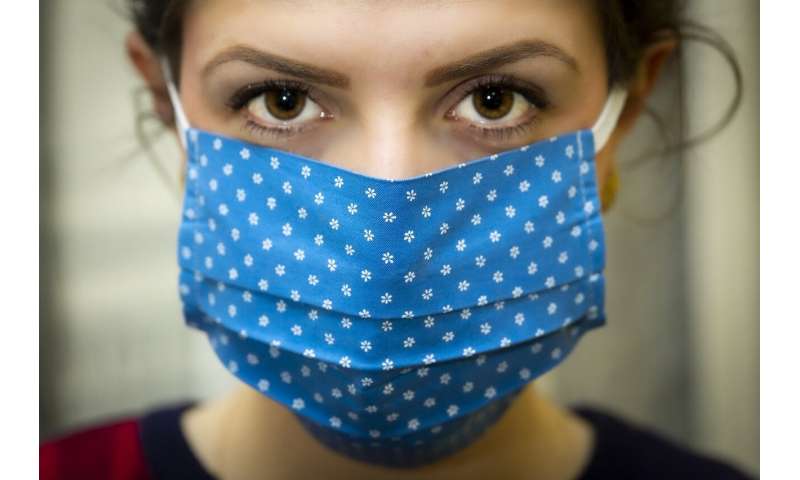
COVID-19 can be diagnosed several ways when looking for active infection.
“The most common way that testing is done is with a swab into the nose or into the nasal pharyngeal area,” says Dr. Stacey Rizza, a Mayo Clinic infectious diseases expert. “This polymerase chain reaction (PCR) test is essentially a test looking for the genetic material of the virus.” If it’s positive, it means that person is infected with SARS-CoV-2, the coronavirus that causes COVID-19.
“There are other ways to determine if somebody has been previously exposed to COVID-19,” Dr. Rizza adds. “Using a blood test there are tests that look for certain proteins or antigens. But the most sensitive test for active infection right now, is looking for that genetic material.”
And Dr. Rizza explains there are several approaches to treating COVID-19.
“The standard of care, as it is now, is an antiviral medicine called Remdesivir,” says Dr. Rizza. “People also use other supportive care like oxygen if somebody’s having difficulty breathing or blood pressure support, or increasing fluids to help maintain people feeling healthy.”
Dr. Rizza says there are a number of clinical trials that are looking at other antiviral medicines, as well as modulators of the immune system that could prevent people from getting very sick in the later phases of the disease.
“Also, steroids has been shown to be helpful for people who are extremely sick, or are on ventilators, or are requiring significant amounts of oxygen support,” adds Dr. Rizza.
Emergency warning signs to watch for
If a person with COVID-19 experiences emergency warning signs, medical attention is needed immediately. Call 911 or your local emergency number if the sick person can’t be woken up or you notice any emergency signs, including:
- Trouble breathing
- Persistent chest pain or pressure
- New confusion
- Bluish lips or face
- Inability to stay awake
Source: Read Full Article



